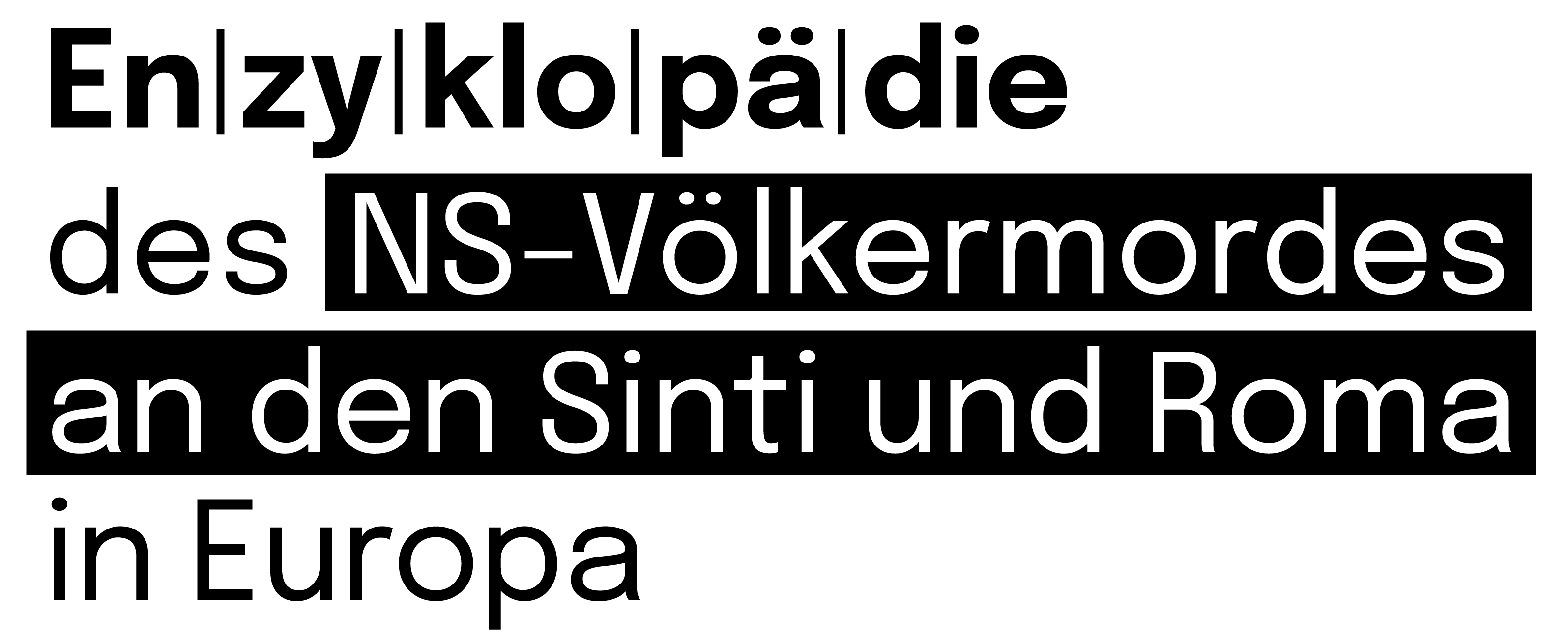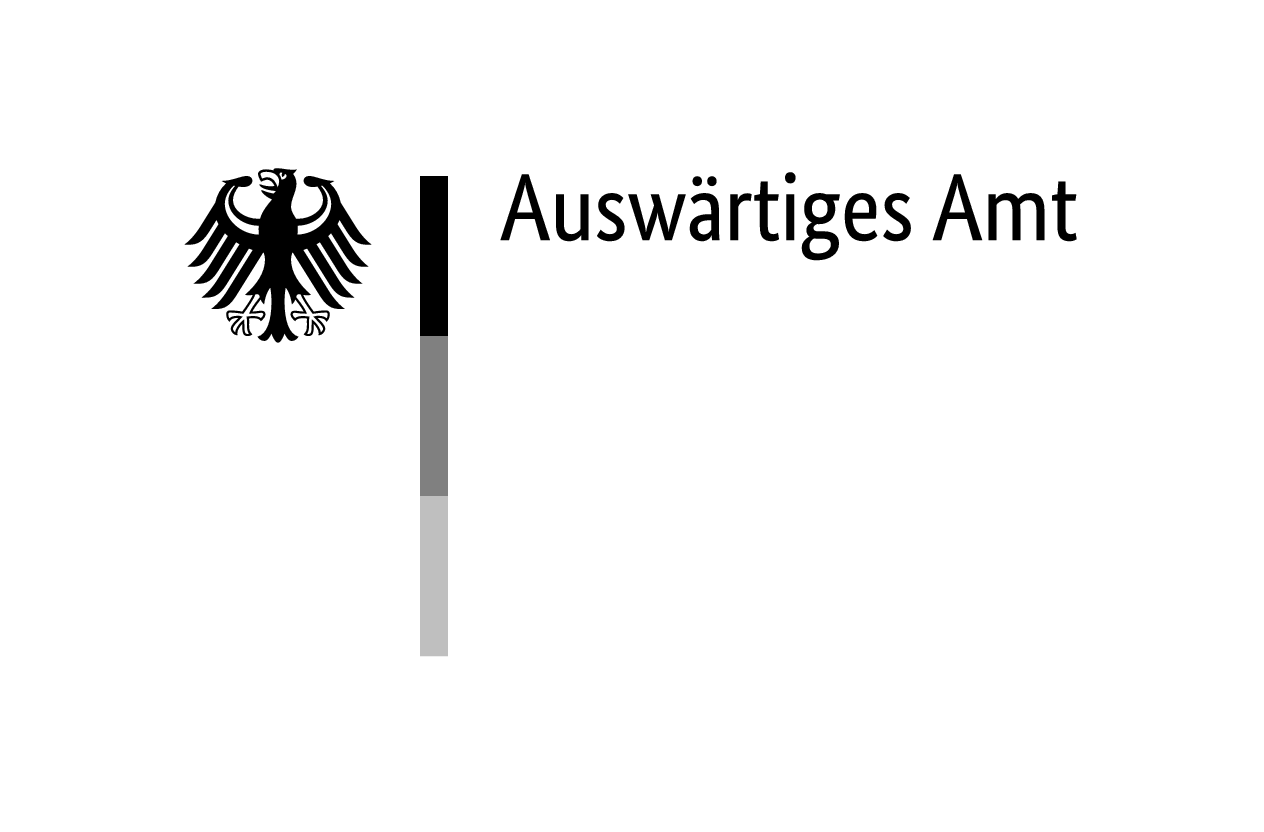The city of Gelsenkirchen, located in the industrial Ruhr region of the German Reich, operated a separate ‘Zigeunerlager’ from the end of 1934. The aim was to force as many of the Sinti and Roma as possible out of the city itself. In addition to the city police department and other offices of the municipal administration, the state police—the police bureau in Gelsenkirchen which was subordinate to the Recklinghausen police headquarters—was involved in the establishment of the camp.
The installation of the camp site was preceded by disputes about jurisdictional responsibility, because this also involved the question of bearing the costs. In the end, the municipal police department took over the construction and operation of the camp. A local government law was drawn up, which was approved by the Münster Regional Council on 23 December 1935. This stipulated that ‘Zigeuner’ had to obtain permission from the municipal police office to use the site and had to pay a stabling fee in advance. The fee was one Reichsmark for the first day (which corresponded to the price of three loaves of bread), increased daily and was five Reichsmarks from the fifth day onwards.
Detention Camp on Cranger Straße
In January 1936, the local press reported on the ‘Zigeunerlager’ planned for Cranger Straße 543 on the northern outskirts of the city. The wasteland, situated on a canal, was fenced off and completed by the end of 1936 with a privy and a water pump. From 1937 onwards, municipal authorities forced Sinti and Roma into the Cranger Straße by means of threats and harassment. Against the background of the Circular Decree of 8 December 1938, the state police pushed the concentration of Sinti and Roma in the camp for ‘security reasons’. Owners of properties were forbidden to rent them to ‘Zigeuner’ with reference to the Reichstag Fire Decree. On 17 April 1939, 45 families with 237 people were living in 51 caravans on the camp grounds.
Reginenstraße Detention Camp and Deportation
Complaints from two neighbouring industrial and mining companies as well as the city administration’s assessment that Sinti and Roma from surrounding communities were being deported to the site on Cranger Straße led to a new strategy. Now the temporary character of the camp was to be emphasised by constantly changing the location. On Reginenstraße in the south of Gelsenkirchen, a new camp area—enclosed by railway tracks, a coking plant and a blast furnace—was built in a very short time. The municipal and state police arranged the evacuation of the camp on Cranger Strasse for the period from 5 to 9 June 1939. The majority of the wagons were transferred on 9 June 1939.
The camp on Reginenstraße was now guarded by men of a Sturmabteilung (SA-Sturm 14). They also carried out controls during the evening and night hours. The strategy of harassment worked: By October 1939, only six of the former 52 families were still living in the Reginenstraße camp; all the others had moved to surrounding towns. With the Immobilisation Decree, further expulsion efforts by the city came to nothing. Two series of pictures taken by the Racial Hygiene Research Unit in Gelsenkirchen in 1937/38 and spring 1940 give an impression of the deteriorating living conditions in the camps with each passing year. On 10 March 1943, 46 men, women and children from the Reginenstraße camp were deported to Auschwitz-Birkenau concentration and extermination camp together with other Sinti and Roma living in Gelsenkirchen. Afterwards, the camp was dissolved and the caravans sold for the benefit of the Reich treasury.
Reappraisal of the History
On the initiative of the North Rhine-Westphalia regional branch of the Association of German Sinti and Roma e.V., the city of Gelsenkirchen began to reappraise the history of the two detention camps in 1995. The study published in this context in 1999 placed special emphasis on the involvement of municipal authorities in the persecution as well as on the names and biographies of the victims. All traces have been erased at the former camp sites.




